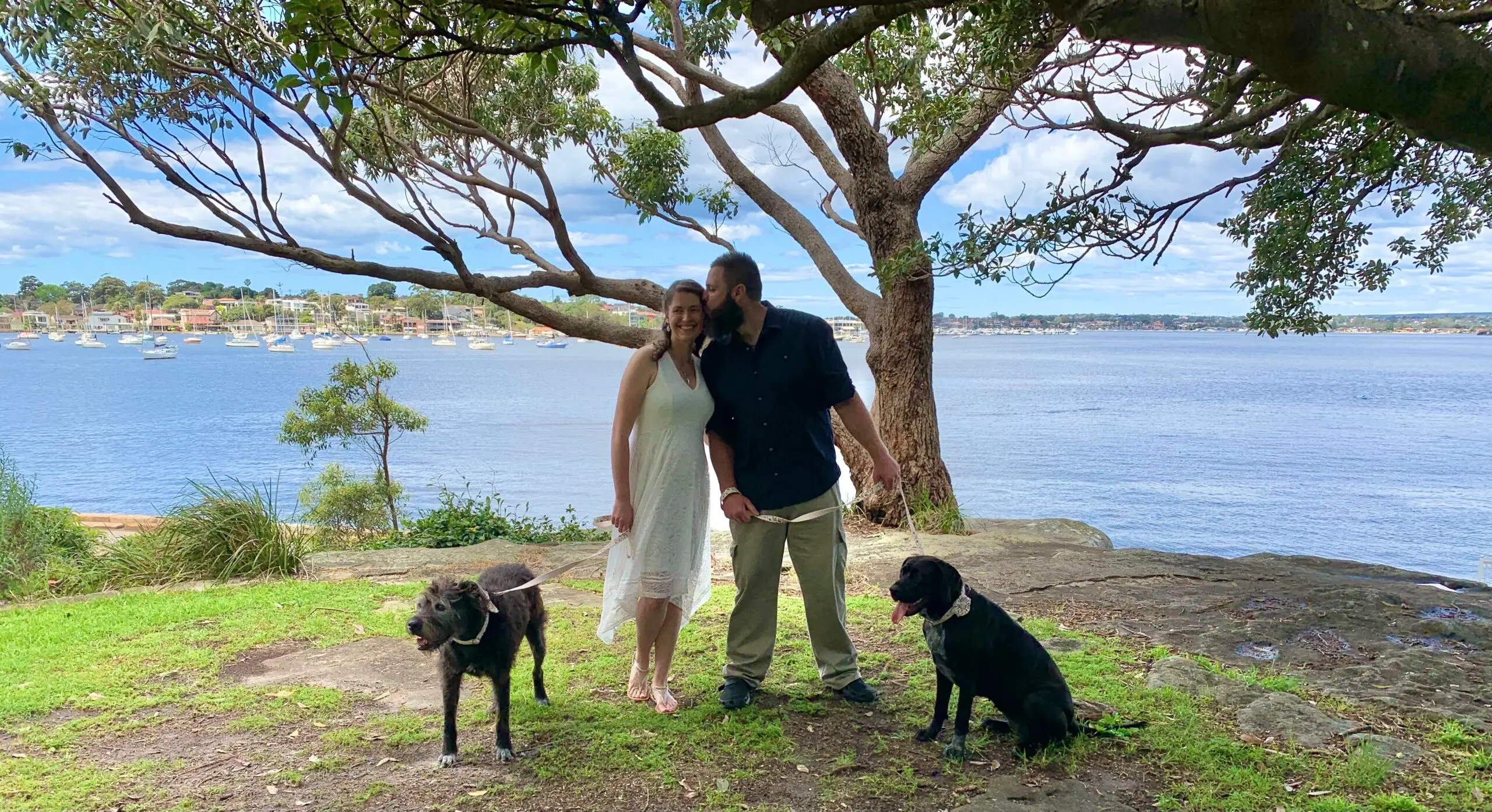Understanding the Difference Between a Funeral and Memorial
In short, yes.
At a funeral the body is present in a coffin or casket, and at a memorial there is no body present. *A casket is rectangular in shape and a coffin is wider at the top and tapers at the feet*.
A funeral is typically, but not always, a more formal event that includes religious or cultural rituals, often led by a funeral celebrant or officiated by clergy. [Learn more about the differences between funeral directors and funeral celebrants.]
A funeral service usually takes place before a burial or cremation and may be held at a chapel, church, funeral home or graveside. Contrary to popular belief, a funeral does not have to be held within a short period after death. You do not need to rush to have your person buried or cremated, unless there are specific cultural or religious reasons to do so.
Memorials are sometimes less formal, take place after burial or cremation has occurred and may also include the ashes being present (but not always).
Memorials are often focused on celebrating the life of the person by sharing tributes and memories rather than a formal eulogy (timeline and accomplishments of a person’s life). The timing of a memorial can be held at any time, so it can offer some flexibility, particularly if family and friends are travelling great distances.
There is no right or wrong when it comes to choosing a funeral or memorial. The aim is to create a service that is meaningful and heartfelt for the deceased person. It is also an opportunity to gather, share in collective grief and support the living.
FAQ
Is there a difference between a funeral and a memorial?
Yes, the main difference is the presence of the body. At a funeral, the body is present in a coffin or casket, while at a memorial service, there is no body present. Funerals typically occur before burial or cremation, whereas memorials usually take place afterward.
What is a Catholic funeral called?
A Catholic funeral is formally called a “Funeral Mass” or “Mass of Christian Burial” when celebrated with the Eucharist. It may also be referred to as a “Funeral Liturgy” when Mass is not included. The complete Catholic funeral rite consists of three stages: the vigil (wake), the funeral liturgy, and the rite of committal (burial or cremation service).
What is the purpose of a memorial?
The purpose of a memorial is to honor and celebrate the life of someone who has died, while providing an opportunity for family and friends to gather, share memories, and support one another in their grief. Memorials focus on remembering the person’s life, impact, and relationships rather than formal religious rituals. They create a meaningful space for collective mourning and healing.
How long after death do you have a memorial?
There is no set timeframe for holding a memorial service. Unlike funerals, which often occur within days or a week of death, memorials offer flexibility and can be held weeks, months, or even a year after someone passes away. This timing allows families to plan thoughtfully and accommodates loved ones who may need to travel long distances. The service can be scheduled whenever feels most appropriate for those who are grieving.
Do I need to have a funeral within a few days of death?
No, you don’t need to rush to have a funeral, burial, or cremation. While funerals traditionally take place within a short period after death, this is not always necessary unless there are specific cultural or religious requirements. You can take the time you need to plan a meaningful service without feeling pressured by arbitrary timelines.
What is the difference between a coffin and a casket?
A coffin is six-sided and tapers in shape—wider at the shoulders and narrower at the feet, following the body’s shape. A casket is rectangular with four sides and maintains the same width throughout. Both serve the same purpose of holding the body during a funeral service and burial.





